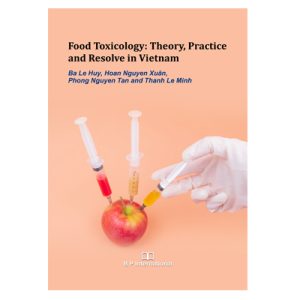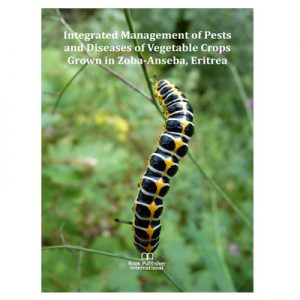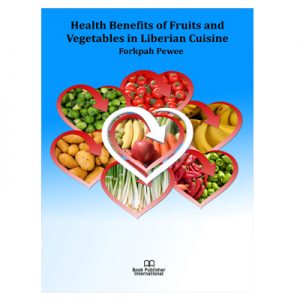Aquaculture, underwater agriculture, is defined as the rearing of fish in a natural or artificially created environment which favors their growth. Among the animal protein-producing sectors, aquaculture is an important food production industry, which is undergoing development and intensification of culture practices globally. From an insignificant industry in the 1970s, aquaculture has undergone a major transformation, competing with the marine fishing sector in terms of production. According to the latest FAO (2024) report, 185 mmt of fish were produced at the global of which aquaculture alone produced 94.4 mmt of fish, with a contribution value of 51%. Of the total fish produced, 89% was utilized for direct human consumption. Presently, around 600 aquatic species have been raised in captivity at the global level, but their preferences may vary based on local region, market price and demand. However, because of human evolution and expansion, the demand for fish is increasing day by day and by 2050, the sector needs to double its current production to meet global fish demand. To address the nutritional needs of the expanding fish consumption population, the aquaculture sector must achieve a blue revolution – through the implementation of intensive culture systems to increase the production of fish and marine products. In the 1980s, the sector initiated intensification with the introduction of quality feed, hatchery-produced seed, aeration devices and other pond and fish health management techniques. The aquaculture sector has many positive aspects such as i) minimal carbon emissions among the food production sectors, ii) an efficient system for producing animal protein (in a world facing protein shortage), iii) the generation of organic products, and iv) the capacity to boost economies in developing nations (where 95% of fishers and farmers reside). Therefore, the wise use of existing natural resources, in aquaculture production systems is crucial to achieve future production targets.
Stunting-Induced Compensatory Growth in Aquaculture: Mechanisms and Implications
Suresh Babu Padinhate Purayil
ICAR-Central Marine Fisheries Research Institute, Kochi, Kerala, India.
Ande P. Muralidhar
ICAR-Central Institute of Fisheries Education, Versova, Mumbai, Maharashtra, India.
Karthireddy Syamala
ICAR-Central Institute of Fisheries Education, Versova, Mumbai, Maharashtra, India.
Somu Sunder Lingam R
Tamil Nadu Dr. J. Jayalalithaa Fisheries University, Nagapattinam, Tamil Nadu, India.
Book Details
| Edited by | Suresh Babu Padinhate Purayil |
|---|---|
| Pages | 68 |
| Publisher | BP International |
| Language | English |
| ISBN-13 (15) | 978-93-49473-12-6 (Print) |
| Published | March 21, 2025 |





